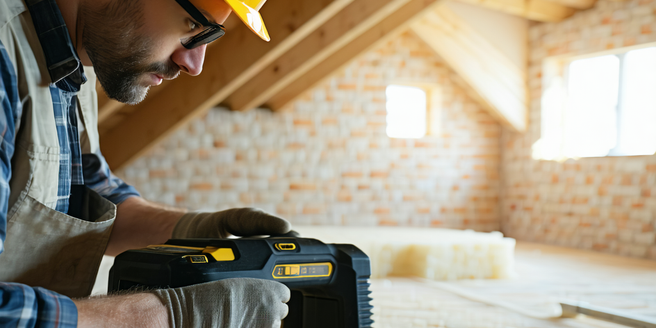Utility Bill Reduction Techniques

Conducting an Energy Audit to Identify Wastage
Conducting an energy audit is a crucial step in identifying energy wastage within your home. It involves a comprehensive examination of the areas where energy is being inefficiently used, such as poor insulation, outdated appliances, and power leaks. A professional energy auditor can provide a detailed report, offering insights into specific changes that can be made to improve efficiency. This process may uncover issues like air leaks or inadequate insulation, which contribute to higher utility bills. By identifying these areas, you can implement targeted solutions, ultimately reducing energy consumption and costs. DIY audits using specialized tools are also a viable option for those on a budget. Regular audits ensure ongoing efficiency, aligning with seasonal changes that might affect energy use.
Implementing Energy-Efficient Appliances and Devices
Switching to energy-efficient appliances and devices is a straightforward yet impactful way to lower utility bills. Modern energy-efficient models utilize advanced technology to perform tasks using less electricity or gas than their traditional counterparts. When upgrading, look for the Energy Star label, which signifies high efficiency standards. Consider appliances like refrigerators, washing machines, and dishwashers, which run frequently and therefore offer significant savings potential. In addition to large appliances, implementing smart thermostats and LED lighting can further enhance efficiency by optimizing energy use automatically. Over time, the upfront cost of upgrading is offset by the decrease in energy bills, making these changes a cost-effective investment in sustainability. Evaluate energy consumption periodically to maximize savings.
Optimizing Heating and Cooling Systems
Heating and cooling systems are among the largest consumers of energy in a typical household, making their optimization critical for cost reduction. Begin by ensuring that systems are properly maintained, with regular checks for leaks, and cleaning or replacing filters. Consider installing a smart thermostat to regulate the temperature more efficiently, keeping the home comfortable without excessive energy use. Additionally, sealing ducts and adding insulation to drafty areas can prevent energy loss. If the system is old, upgrading to a more efficient model could provide substantial savings. Zone heating or cooling, where different areas of the home are controlled separately, can also reduce unnecessary energy usage. Reducing demand during peak hours further cuts costs and enhances efficiency, promoting both comfort and savings.
Harnessing Renewable Energy Sources
Harnessing renewable energy sources offers a sustainable approach to reducing utility bills over the long term. Solar panels, for example, provide clean energy, significantly decreasing or even eliminating electricity costs, depending on the system size and energy needs. Wind turbines, while typically used in rural settings, can also contribute to energy independence. Transitioning to renewable energy does entail initial investment; however, government incentives, tax credits, and falling installation costs make it increasingly accessible. Beyond cost savings, renewable energy reduces reliance on fossil fuels, contributing to environmental conservation. Integrating small-scale systems, such as solar water heaters, is another method to cut down energy consumption. As technology advances, the efficiency and affordability of renewables continue to improve, making them an integral part of any energy reduction strategy.
Adopting Behavioral Changes to Save Energy
Adopting simple yet effective behavioral changes can substantially impact energy consumption and lower utility bills. Cultivate habits such as turning off lights when leaving a room and unplugging electronic devices when not in use to prevent ‘phantom’ energy drain. Setting thermostats to a slightly lower temperature in winter or higher in summer saves energy without compromising comfort. Minimize hot water usage by taking shorter showers and using cold water for laundry when possible. Encourage a family-wide commitment to energy efficiency, as collective action amplifies savings. Monitor energy use with smart meters, which provide real-time feedback and help identify patterns of wastage. Habitual changes, though minor individually, add up to significant savings over time, supporting a sustainable, cost-effective lifestyle.